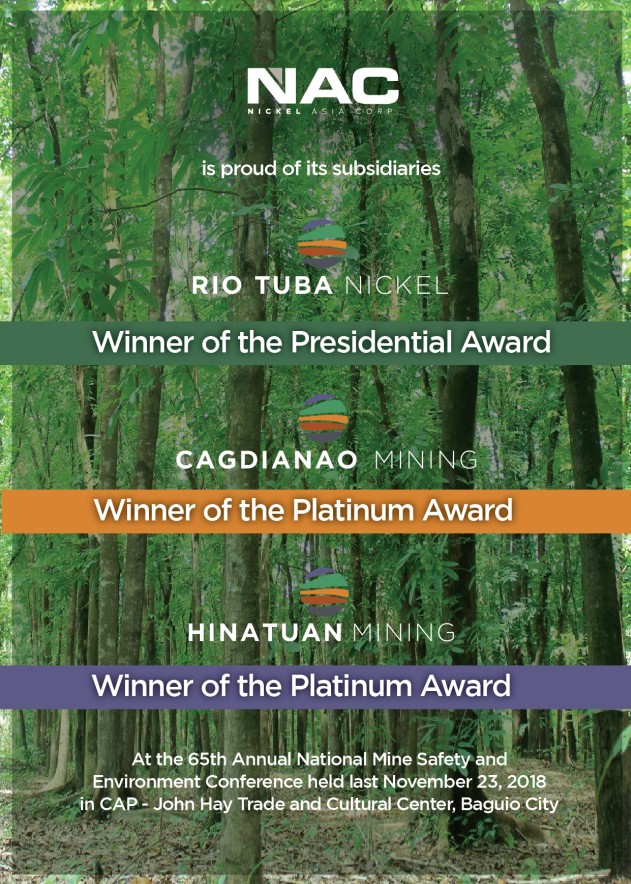Harvest Time
Bio-fortifying rice to fight night and total blindness
Second of 2 Parts
By Sosimo Ma. Pablico
PhilRice scientists are approaching the development of vitamin A-loaded rice in two ways.
One, they have crossed the popular variety PSB Rc82 with Cocodrie, a Golden Rice variety developed through genetic engineering in the United Kingdom by Syngenta, a multi-national company.
Current versions of Syngenta’s Golden Rice with the genetic background of the variety Kaybonnet contain 23 times more beta carotene than the original Golden Rice, which contains at most 1.6 micrograms of carotenoids per gram.
Golden Rice said a research report published in Nature Biotechnology, is the name coined to describe the genetically modified rice that produces beta carotene [pro-vitamin A] in the edible portion of the rice grain [endosperm], giving rise to a yellow color. The variety was engineered to combat vitamin A deficiency and has been predicted that its contribution to alleviating vitamin A deficiency would be substantially improved through higher beta carotene content.
Seeds of Golden Rice 2 were provided to PhilRice by the Humanitarian Board, which is chaired by Professor Ingo Potrykus, one of the breeders of the original Golden Rice.
Alfonso said the first generation offspring of PSB Rc82 x Cocodrie will be backcrossed to PSB Rc82 three to four times to come up with stable lines that are capable of producing beta carotene.
The offpsrings are at present being grown under screenhouse condition under supervision of the NCBP [National Committee on Biosafety in the Philippines]. Thereafter, the seeds will be tested in the field for yield performance, as well as for human health and environment testing.
Cocodrie and Kaybonnet will also be crossed with NSIC Rc128 [Mabango 1], the first aromatic rice variety bred by PhilRice.
The second strategy is to develop new rice varieties with resistance to bacterial leaf blight and tungro virus disease as well as high concentrations of pro-vitamin A through natural breeding.
At present, bacterial leaf blight and tungro could inflict heavy damages on rice crops during serious infestation.






